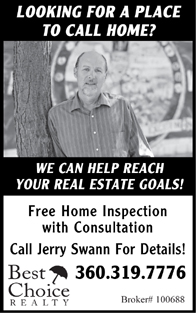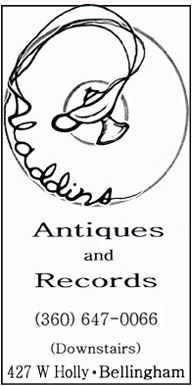- This Business Supports
Whatcom Watch


























Article Categories
- Cover Story
- Beaks and Bills
- Dear Watchers
- Being Frank
- Watching Government
- Agriculture
- Ballot Measure
- Bay Cleanup
- Bellingham Parks
- Beyond Fossil Fuels
- Bird Watching
- Book Review
- Campaign 2016
- Candidates
- Climate
- Commentary
- Community Service Providers
- Community Service Spotlight
- Conservation
- Conservation District Election
- County Charter Review
- County Elections
- Dear Sasquatch
- Development
- Earth
- Editorial
- Education
- Election 2017
- Election Results
- Energy
- Fossil Fuels
- Full Bloom Farm
- Gardening
- Global Warming
- Guest Author
- Health/Digital
- Healthcare
- Housing
- Human Rights Film Festival
- I-1631
- Incarceration
- Internet
- Journalism
- Kushan Carbon Trust
- Letter to the Editor
- Life Before Flowers
- Looking Back
- Lummi
- March Election
- Marine Life
- Natural History
- Northwest Gardening
- Obituary
- Opinion
- poetrywatch
- Pollution
- Recreation
- Red Wheelbarrow Writers
- Salish Sea
- Salmon
- Salmon Streams and Tributaries
- Solar Power
- Stormwater
- Talk to Us
- Transportation
- Twenty Years Ago
- Unsung Heroes
- Watch Out!!
- Water
- Whatcom: Chronic & Acute
- Wildfire
- Wildlife
Previous Issues
Life Before Flowers
July 2023
Moldy Rotters
by Fred Rhoades Part 2: Mushrooms That Specialize in Decomposition In last month’s article (June 2023), I introduced decomposition as being an important ecological role of mushrooms and talked about some of the species that help decay small plant … Continue reading
Comments Off on Moldy Rotters
June 2023
Moldy Rotters
by Fred Rhoades Mushrooms That Specialize in Decomposition Part 1 In a previous Whatcom Watch article (Oct./Nov. 2021), I discussed some mushrooms that perform nutrient gathering services for trees. The mycorrhizal connection. About half the mushrooms, and many of the … Continue reading
Comments Off on Moldy Rotters
April 2022
Beautiful Scale Mosses and Their Kin
by Fred Rhoades One group of cryptogamic plants which deserves closer attention is the group of bryophytes known as liverworts. They live all around us, usually unrecognized. Like the other bryophytes (mosses and hornworts), liverworts are true plants but … Continue reading
Comments Off on Beautiful Scale Mosses and Their Kin
Oct/Nov 2021
The Mycorrhizal Connection
by Fred Rhoades Fall has arrived in the Pacific Northwest, and many people turn their attentions to searching for certain species of mushrooms that show up this time of year in our woods, fields and gardens. Mushrooms are just the … Continue reading
Comments Off on The Mycorrhizal Connection
July 2021
Plasmodial Slime Molds Are Not Molds
by Fred Rhoades What’s in a name? That which we call a [slime mold] By any other name would [look] as sweet. Of all the cryptogams (plant-like life forms that produce spores), perhaps the slime molds are the least well … Continue reading
Comments Off on Plasmodial Slime Molds Are Not Molds
March 2021
A Tale of Two Lichens
by Fred Rhoades • It was the best of habitats and there was Lobaria pulmonaria. • It was the worst of habitats and there was Hypogymnia physodes. Wouldn’t you like to easily tell how good the air you breathe is? Knowing your … Continue reading
Comments Off on A Tale of Two Lichens
August 2020
It Takes Two to Tango
by Fred Rhoades Perhaps there is no other group of plants that typifies the Pacific Northwest west-of-the-Cascades forests more than the bryophytes. It is these simple plants that give our temperate rain forests their distinctive, green, sodden look. These spore-producing … Continue reading
Comments Off on It Takes Two to Tango
May 2020
Whatcom County Morels
by Fred Rhoades Springtime turns a mycologist’s attention to morels, one of the most desirable of edible fungi. If you want lots of morels, go east of the mountains (see below). Our choices in the western part of the county … Continue reading
Comments Off on Whatcom County Morels
June 2019
Usnea quasirigida Is Spreading South
by Fred M. Rhoades This column will be an occasional one. The plan is to review some of the organisms that fall into the general category of “cryptogam” (Greek for “hidden marriage,” referring to their microscopic reproductive cells). The cryptogams … Continue reading
Comments Off on Usnea quasirigida Is Spreading South




























